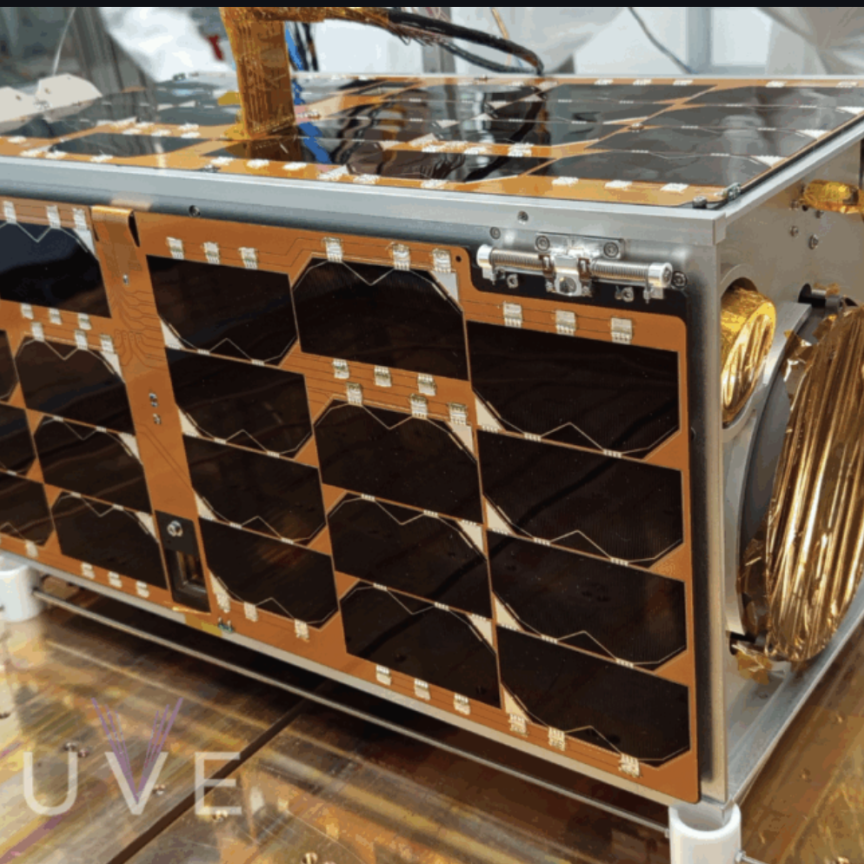Lasers can now tell you if you’re eating a healthy diet with sufficient fruits and vegetables following trials with human beings that involve Raman spectroscopy and blue and green wavelengths.
The largest human organ, the skin, stores compounds found in fruit and vegetables. The levels of these compounds, called carotenoids, in the skin indicate how much fruit and vegetables the subject has been eating. The orange colour in carrots and the red colouring of some potatoes is caused by these carotenoids. Carotenoids are long carbon chain molecules that can only be synthesised by plants; a class of antioxidants, like the vitamins C and D, the human body can’t make them. In nature there are about 800 carotenoids in plants and vegetables. Humans absorb about a dozen, which make it from the gut into the bloodstream and then into tissues and organs.
The laser technique used to detect the carotenoids is Raman spectroscopy. ‘There is overwhelming evidence that the consumption of fruit and vegetables is good for you,’ said Werner Gellermann, a research professor at the University of Utah’s department of physics and astronomy, which helped develop the laser technology. He added: ‘The [carotenoids] absorb [light] in a broad wavelength, which is peaking at around 488nm about 60nm wide. So that means if you shine your laser into anywhere in this wavelength region that overlaps that absorption, you can get a resonantly enhanced signal.’
The 480nm blue laser light used to excite the skin and carotenoid molecules is shifted by the excitation and becomes green with a 527-530nm wavelength. The wavelength of around 530nm is detected using an appropriate filter attached to a detector.
Gellerman added: ‘In principle the Raman effect is very weak, but with the right geometry and correct excitation we were able to get a very good signal to noise ratio.’ As well as Raman effects being very weak, Gellerman and his fellow researchers from Yale university have to use a laser that is powered by just a few milliwatts to ensure it is skin safe. The laser beam is not focused and the spot size is only a few millimetres.
Despite the weak laser and weak Raman signal the technology has been turned into a mobile system that can be used outside of a laboratory. ‘We developed this app for use in the field, you can take it into the clinics, hospital and schools,’ Gellerman explained. It has even been used in neo-natal wards to examine babies. The work to develop the technology was originally funded by the US government’s National Cancer Institute.
Similar research conducted many years ago involved the human eye. A part of the eye stores two carotenoids and Raman spectroscopy would be used to detect the compounds. But this research into eye stored carotenoids, which started about 14 years ago, found that the presence of those carotenoids in the eye did not accurately reflect fruit and vegetable consumption.
Being able to detect carotenoids using a non-invasive method such as Raman spectroscopy offers a quick and safe medical aid where previously biopsies would have to be taken.


